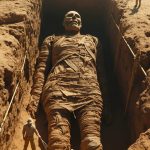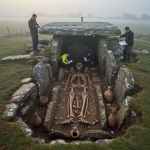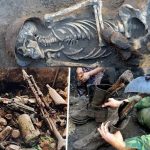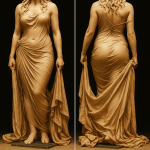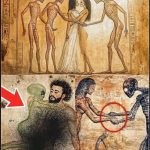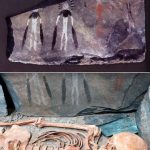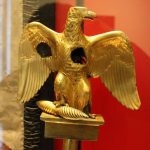Incan Mythical Architecture: Structures of Sacred Geometry
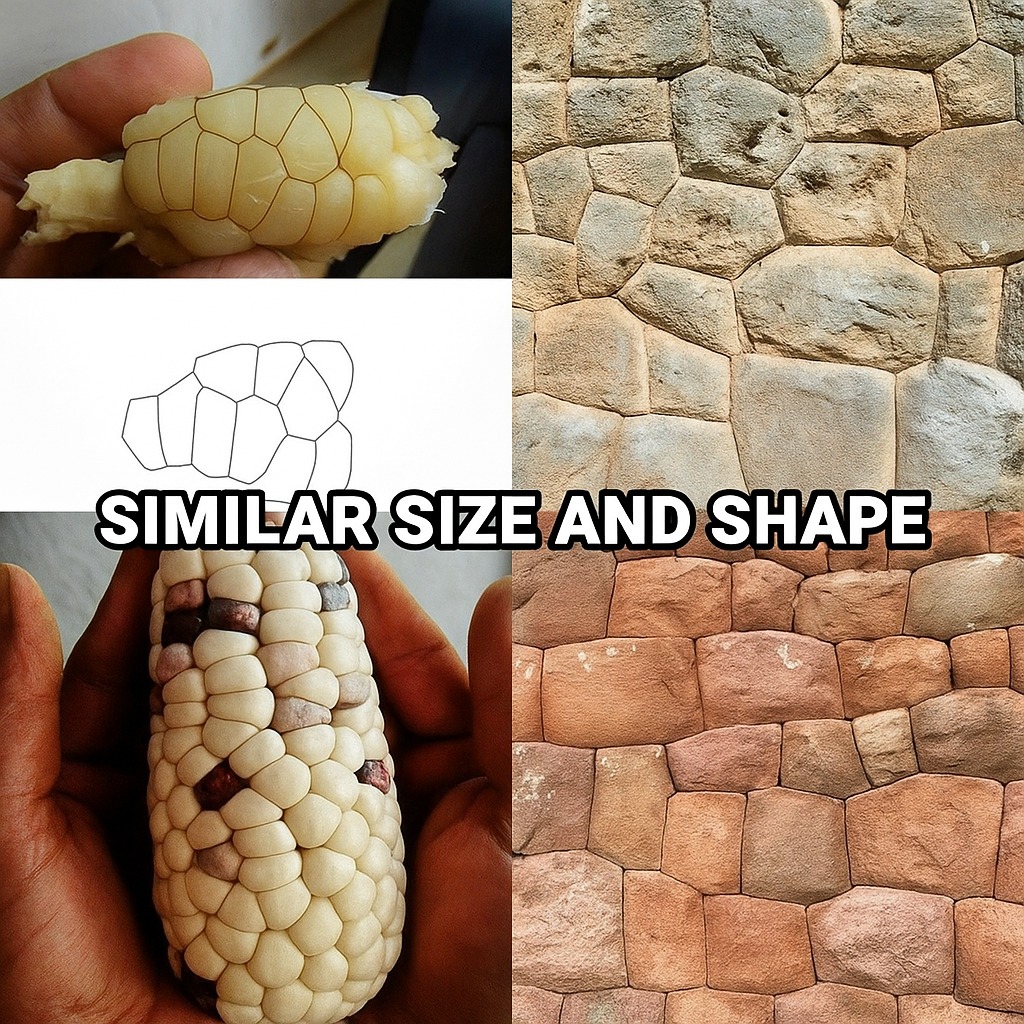
The Cosmic Order: Inca Beliefs and the Sacred
The Incan civilization, renowned for its sophisticated engineering and intricate architectural marvels, possessed a deep reverence for the cosmos and its intricate order. Their belief system, rooted in a profound understanding of the natural world, saw the universe as a living, breathing entity governed by divine forces. This worldview, permeated by a sense of awe and wonder for the celestial bodies, profoundly shaped their art, culture, and, most notably, their architecture.
At the heart of their beliefs lay the divine trinity of Pachamama, the Earth Mother, Inti, the Sun God, and the celestial bodies, which the Inca revered as powerful intermediaries between the earthly and divine realms. They saw the cosmos as a tapestry woven from a network of interconnected forces, with each element playing a crucial role in maintaining the delicate balance of the universe. This concept, known as “kay pacha,” emphasized the harmonious relationship between humanity and nature and heavily influenced the construction of Inca cities and temples.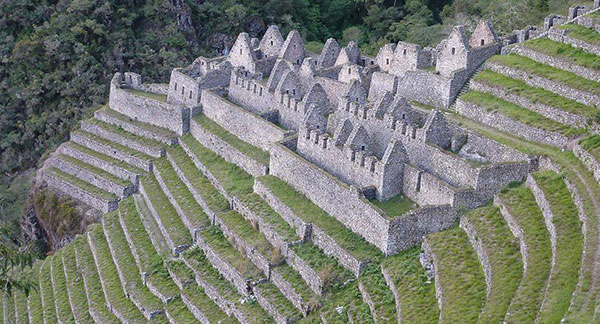
The Architect of the Cosmos: Viracocha and the Origins of the World
Viracocha, the supreme creator god, held a central place in Incan mythology, shaping the land, creating human beings, and establishing the cosmic order. According to their creation myth, Viracocha, a powerful being who emerged from Lake Titicaca, sculpted the landscape, carved valleys and mountains, and breathed life into the world. He bestowed upon humans the knowledge of agriculture, language, and the arts, guiding them towards a life of harmony and respect for the natural world.
The Incan creation myth directly connects to their sacred architecture, as they viewed their structures as tangible embodiments of the divine order established by Viracocha. The concept of “huaca,” which refers to sacred places imbued with spiritual power, played a significant role in their architectural practices. These places, often marked by ancient ruins, natural formations, or specific locations, were believed to be gateways to the spiritual realm and held immense significance for the Inca.
The Language of Stones: Geometry as a Sacred Code
Incan architecture, renowned for its intricate designs and meticulous construction, transcended mere functionality. It served as a powerful language of symbols and geometric patterns, reflecting their profound reverence for the cosmos and its intricate order. The Inca believed that geometric forms, particularly the “cross” and the “spiral,” held deep significance, representing the interconnectedness of the universe and its cycles.
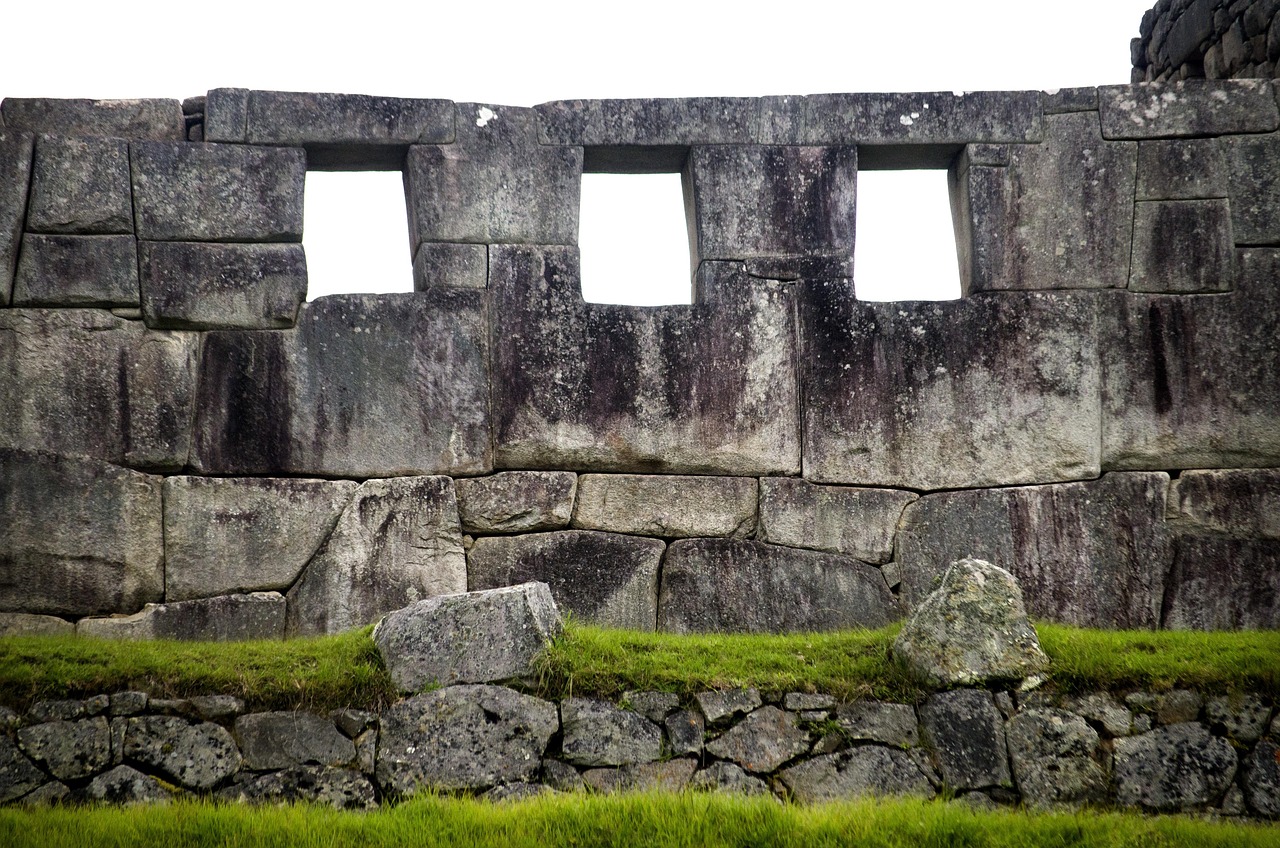
The “cross,” often integrated into their structures, represented the four cardinal directions and the four elements of the earth. It symbolized the unifying force that connected heaven and earth, embodying the balance and harmony that governed the natural world. The “spiral,” appearing in various forms throughout their architecture, represented the celestial cycles of the sun and moon, symbolizing the continuous flow of time and the cyclical nature of life. The Inca’s understanding of geometry wasn’t just aesthetic, but a way to codify sacred knowledge, linking the earthly realm to the celestial realm.
The Temple of the Sun: Coricancha and its Celestial Alignment
Coricancha, the Temple of the Sun, stood as the pinnacle of Incan architectural prowess, a testament to their mastery of engineering, astronomy, and spiritual beliefs. Located in the heart of Cusco, the ancient Incan capital, this temple served as a grand sanctuary dedicated to Inti, the Sun God. Built entirely from finely cut and polished stone, Coricancha was adorned with intricate gold plates, reflecting the sun’s brilliance and symbolizing its divine power.
The temple’s orientation was meticulously aligned with the solstice and equinox, showcasing the Inca’s profound understanding of celestial cycles and their ability to embed astronomical knowledge within their architecture. This alignment ensured that the temple received the maximum amount of sunlight during specific celestial events, reaffirming their reverence for the sun and its role in regulating life on Earth.
The Sacred City of Machu Picchu: A Cosmic Mirror
Machu Picchu, perched high in the Andes Mountains, stands as a majestic testament to the Inca’s architectural brilliance and their deep connection to the sacred. Its strategic location, nestled between towering peaks and overlooking the Urubamba River, reflected their belief in the interconnectedness of nature and the divine. The city’s layout, with its intricate network of terraces, plazas, and temples, mirrored the cosmic order, aligning with the celestial bodies and symbolizing the harmony between the earthly and heavenly realms.
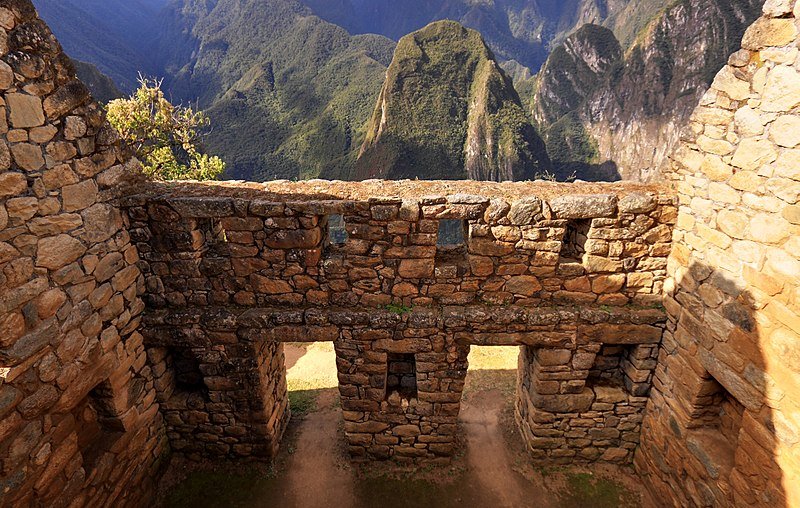
The city served as a sacred sanctuary, a place for spiritual retreat and ceremonial gatherings. Its layout, incorporating astronomical alignments and geometric patterns, reflected a deep reverence for the cosmos and its influence on human affairs. The hidden symbolism and meanings embedded within the city’s design continue to captivate researchers and historians, revealing a profound understanding of astronomy, mathematics, and the power of the natural world.
